Of all the historical boats in the world, those built by the Vikings are the ones that capture my heart. From the 9th-century Gokstad ship, and the small boats found with it, to the 21st-century DRAKEN HARALD HÅRFAGRE, there is nothing more atmospheric for me: The shape of the hulls, the upswept ends, and even the building methods fascinate me. I’m a regular visitor to the website of the Viking Ship Museum in Roskilde, Denmark, and watch the museum’s videos of traditional boats being built and sailed. I have followed the Skuldelev excavations and reconstructions at the museum and read numerous books about their construction. A series of articles by Jean-Pierre Guillou in Maritime Life and Traditions magazine detailed the history and construction of the Norwegian faering and introduced me to the book Inshore Craft of Norway by Bernard Færøyvik. This led me, in 2012, at the start of retirement, to the idea of building my own faering.I had been building boats, as an amateur, since the late 1980s, and had five double-enders under my belt. Færøyvik’s book was filled with line drawings of boats that he surveyed along the coast of Norway in the early 20th century. Of all these designs, the Sunnhordland faering was the most appealing to me. It was built around 1935 by Johan Slettskog of Onarheim, on Norway’s southwest coast. It was 18′ 11″ long, 5′ 4 1⁄2″ wide, and had just three very wide strakes. I wanted a Viking axe, so I built this forge and made one prototype. Then I quickly decided to go with conventional tools for building the faering.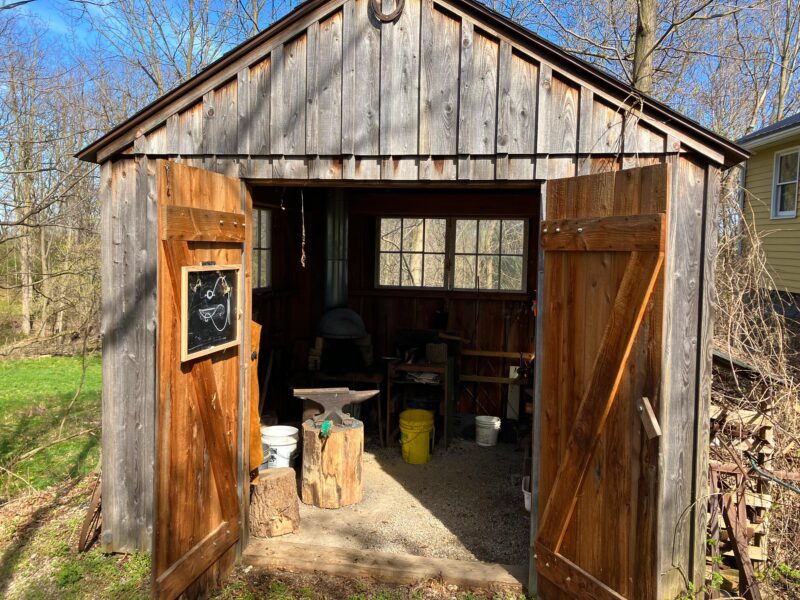 Craig Hohm
Craig Hohm
Join The Conversation
We welcome your comments about this article. If you’d like to include a photo or a video with your comment, please email the file or link.
Comments (6)
Leave a Reply
Stay On Course

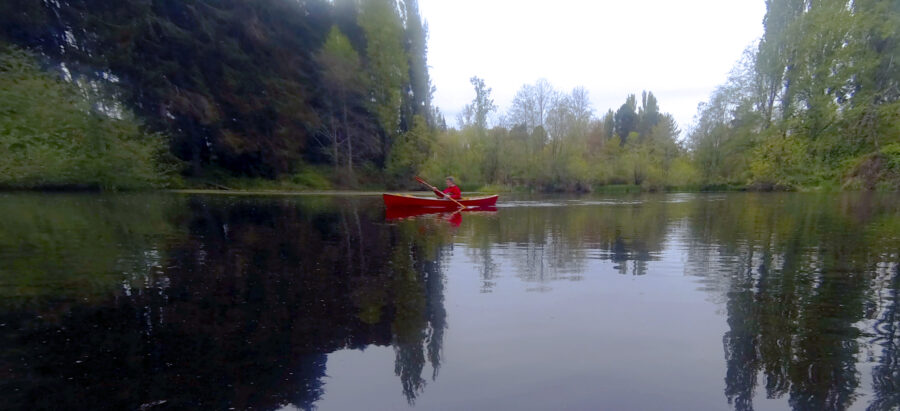

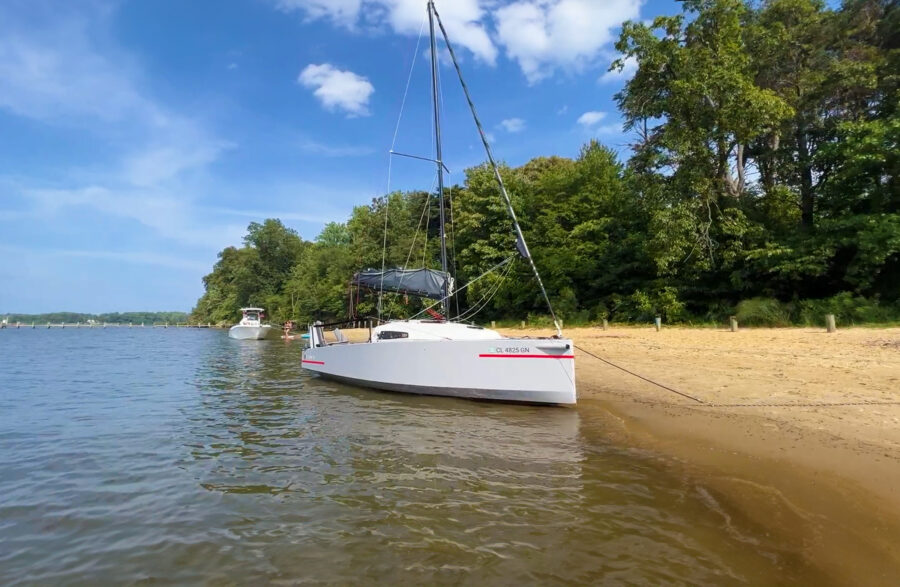
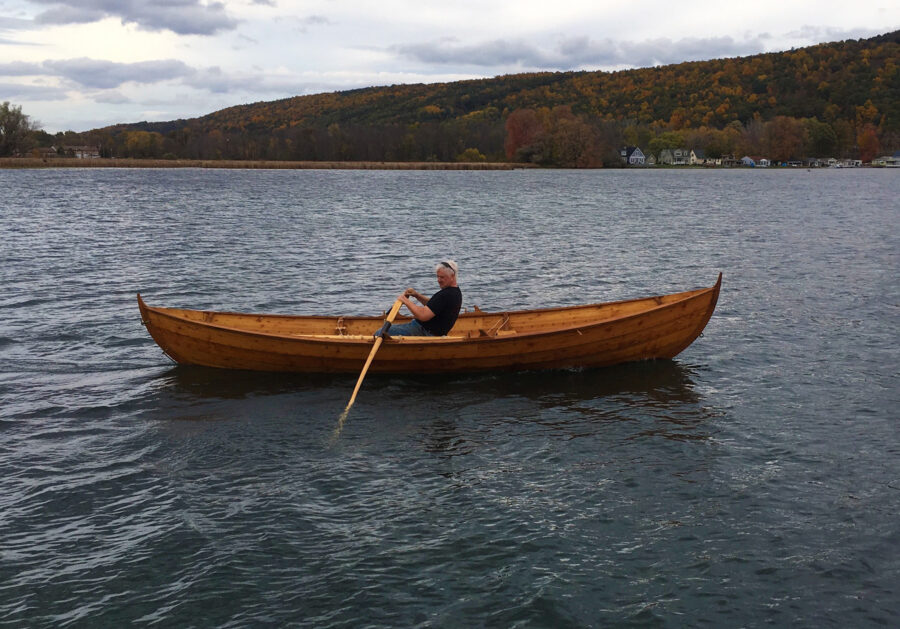
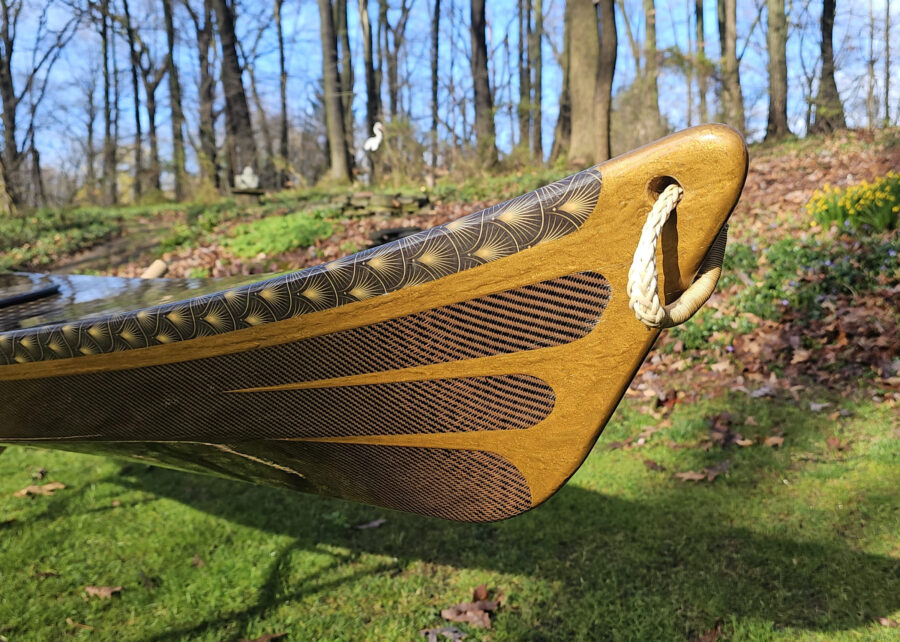
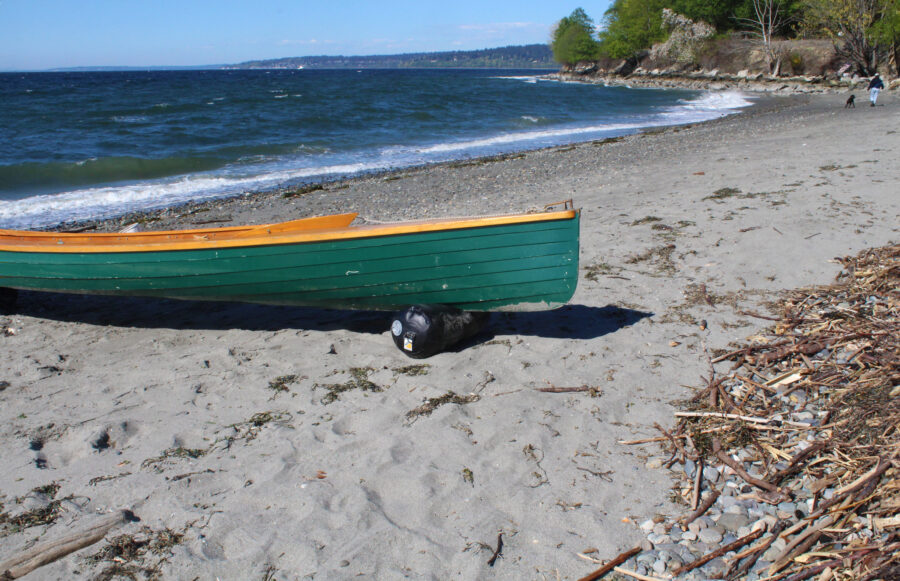
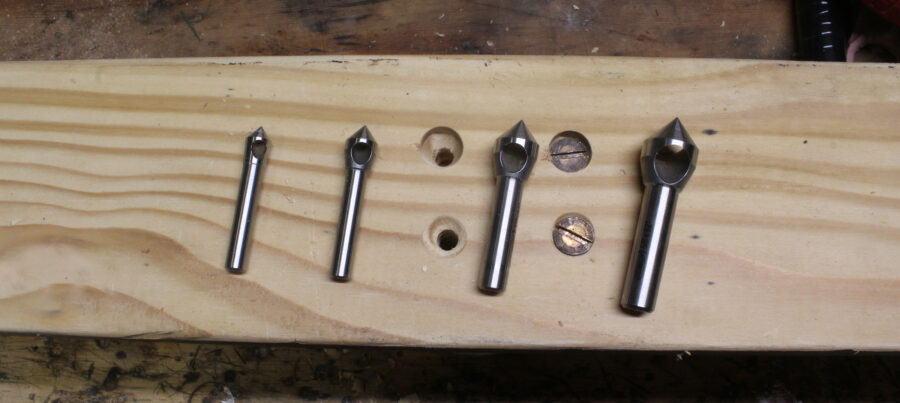
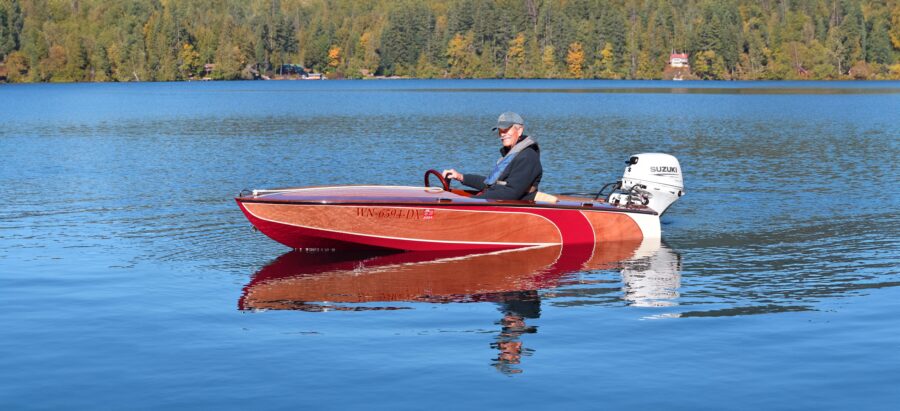
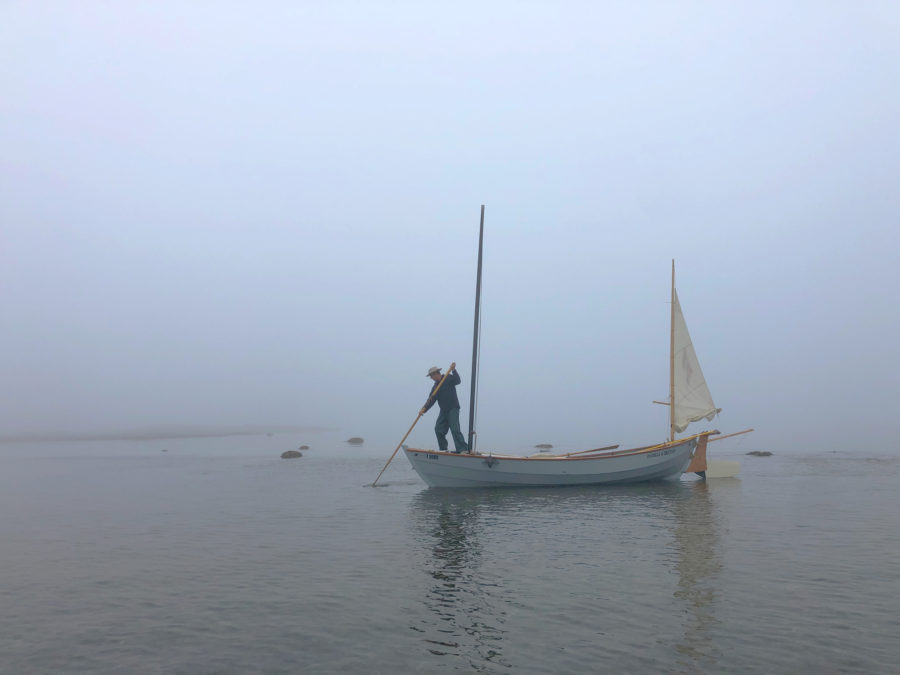
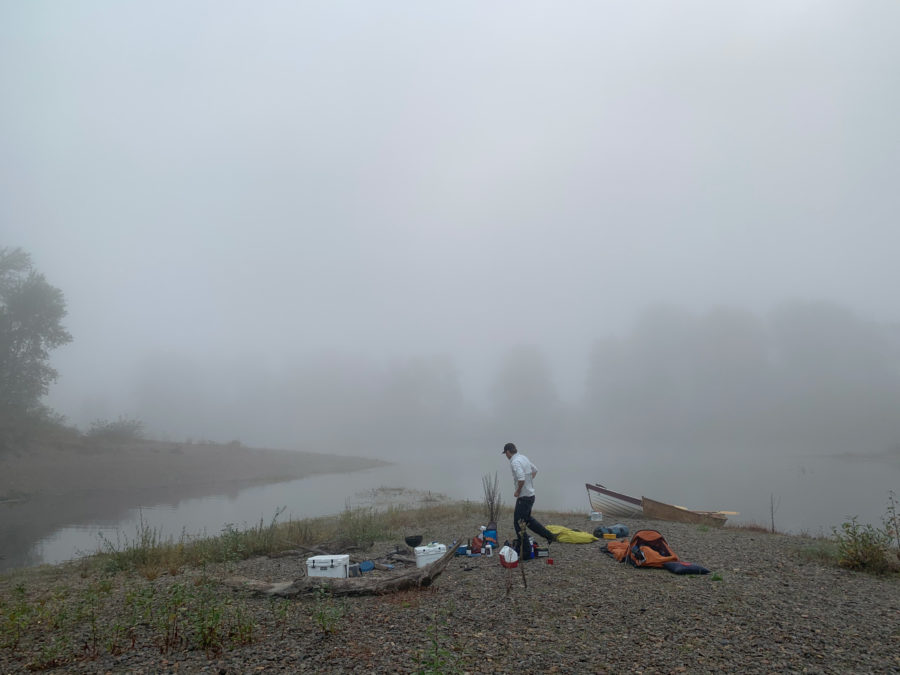
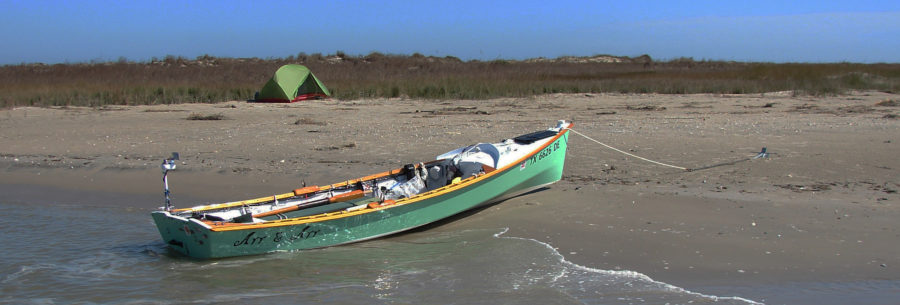

Nice looking boat and I liked the way you sourced materials. It probably would sail better if you had a centerboard or even a lee board. I enjoyed the article very much.
Excellent build and narrative. I’ve been milling my own wood for a boat too. That boat looks like it would go to Valhalla and back again
Well done! I actually own a faering built by Johan Sletteskog. It has three strakes and is 4,95 meters long, inside between the stem and stern at the sheer. It’s rigged whith a sprit sail and also have detachable motor bracket for a 4 hp outboard
That is great. How about a photo?
I don’t have any good digital photos showing the whole boat, but here’s one from a lunch-break rowing and sailing the Hardangerfjord in Western Norway.
The faering was bought by my grand dad in the early 1970’s. When he passed away I inherited it. It’s in good shape, but is currently stored in the barn, to make room in the boathouse for an Oselvar sixoaren. In the boathouse is also an eightoaren owned by my father.
The sixoaren is a pice of art with a interesting history.
Dear Eirik
I am pining for photos of all those boats!